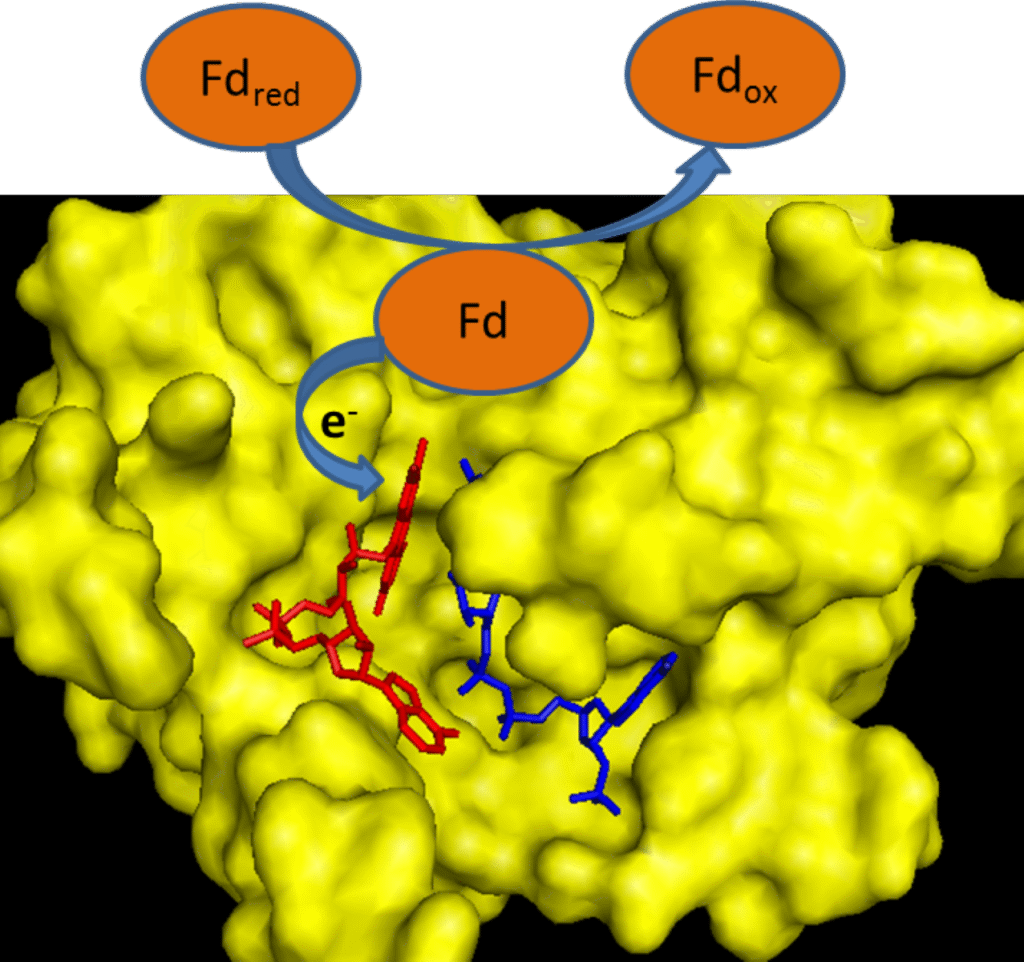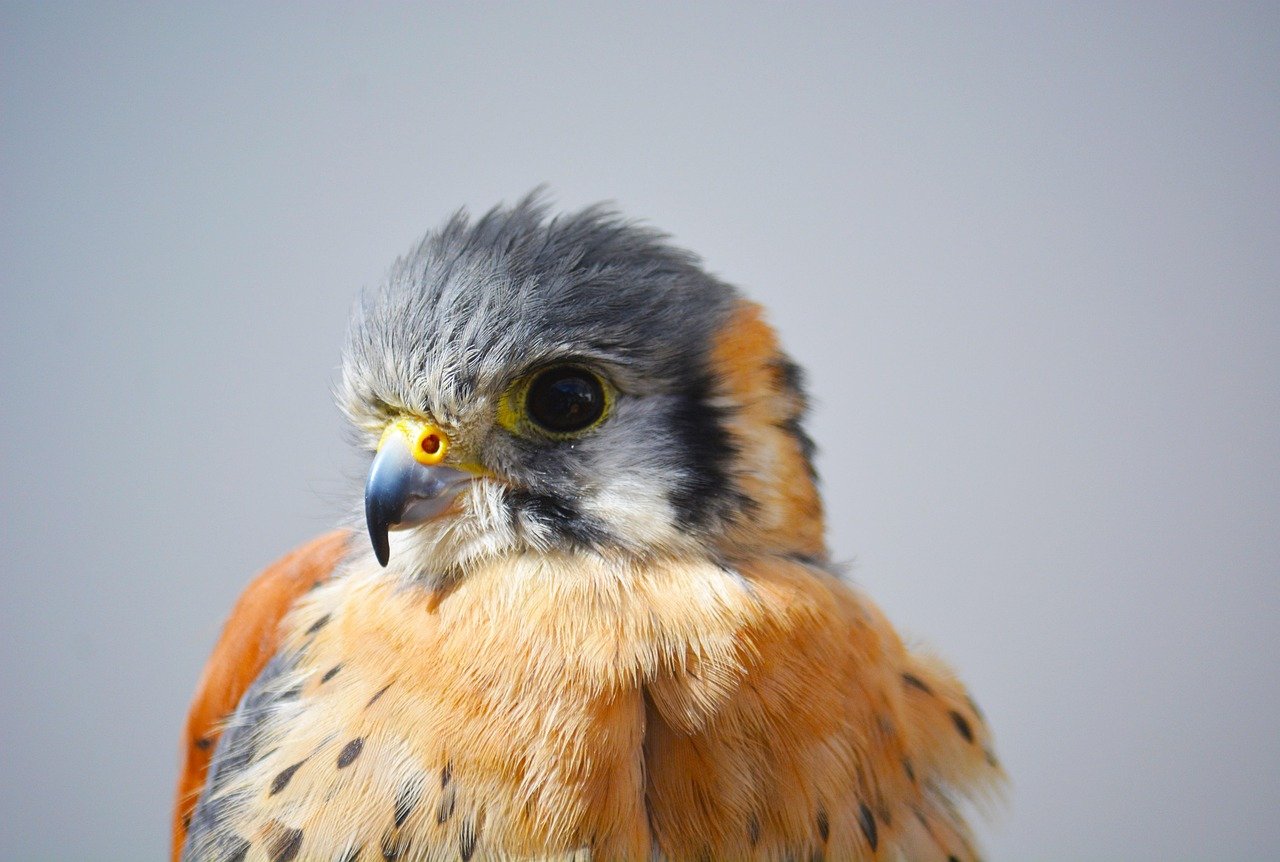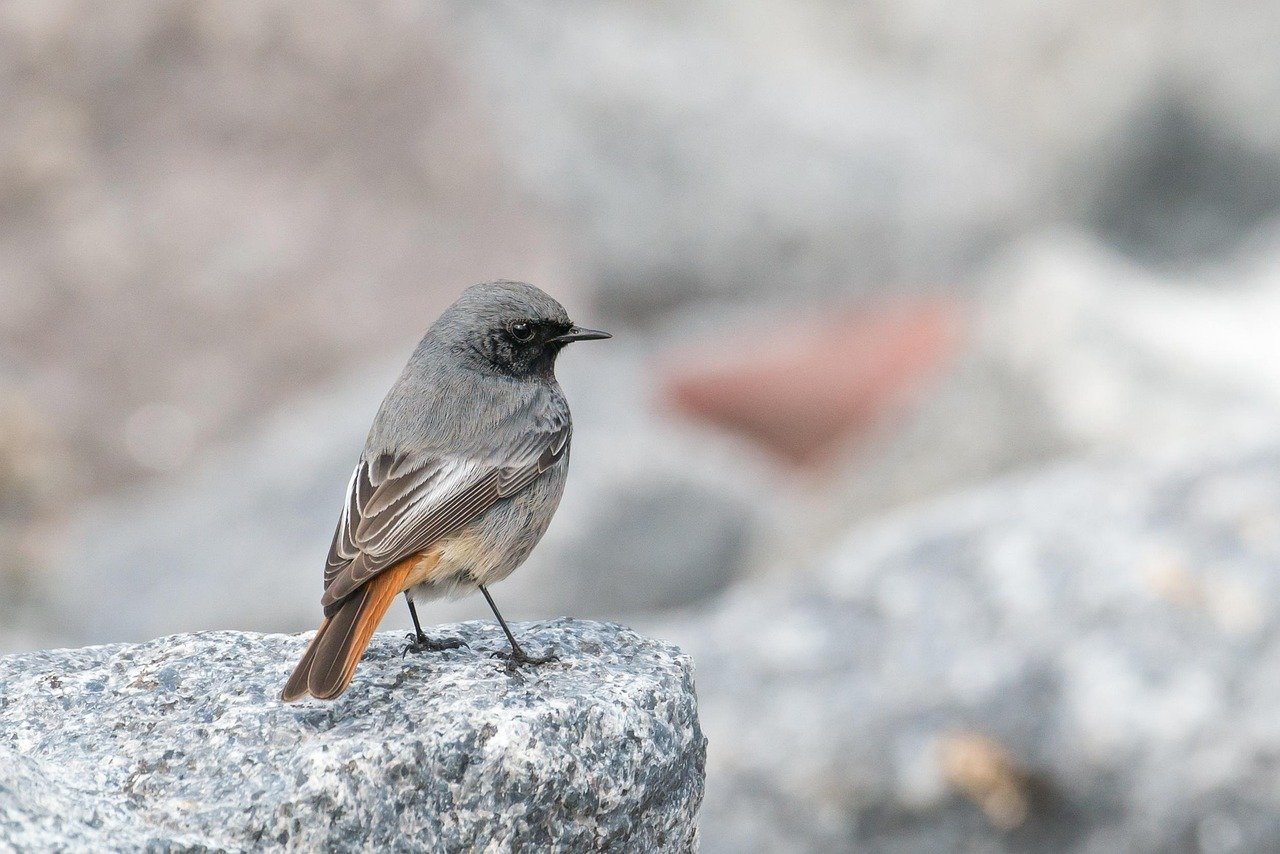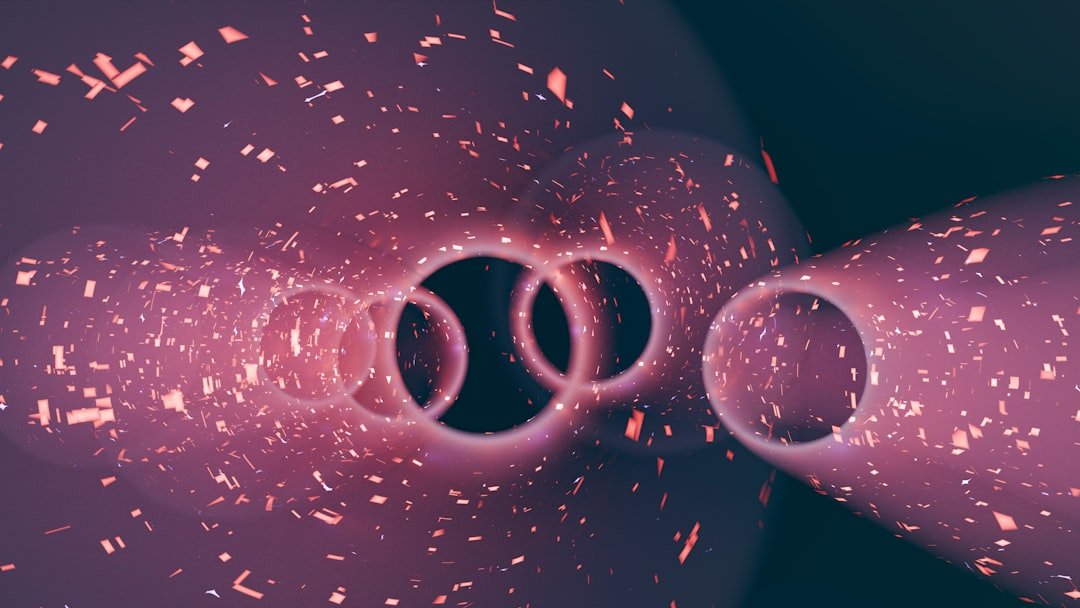Have you ever stopped to wonder how a tiny robin can fly thousands of miles from Europe to Africa without getting lost? Or how birds manage to navigate with such precision that they can return to the exact same nesting spot year after year? What’s even more mind-blowing is that these feathered travelers might be using one of the most mysterious phenomena in physics to accomplish this incredible feat. We’re talking about quantum entanglement and radical pairs – concepts that sound like they belong in a science fiction novel rather than inside a bird’s eye. Recent experimental evidence suggests something extraordinary: a bird’s compass relies on subtle, fundamentally quantum effects in short-lived molecular fragments, known as radical pairs, formed photochemically in its eyes. Researchers have now confirmed that a protein found in bird eyes – the cryptochrome – displays a quantum mechanical phenomenon which makes it sensitive to magnetic fields. This discovery has opened up an entirely new field where biology meets , challenging everything we thought we knew about navigation in the natural world.
The Mystery That Puzzled Scientists for Decades

Migrating birds use celestial cues to navigate, much as sailors of yore used the sun and stars to guide them. But unlike humans, birds also detect the magnetic field generated by Earth’s molten core and use it to determine their position and direction. Scientists have known about this magnetic sensing ability since the 1970s, but they’ve been scratching their heads trying to figure out exactly how it works.
The behavioural evidence for magnetoreception was met with initial scepticism because of the lack of an obvious sense organ. However, consideration of physical principles of the magnetic field means that such sense organs need not be located at the surface in the same way as photo or auditory receptors must: the Earth’s magnetic field can pervade all tissue. Unlike our other senses, this magnetic perception doesn’t require a specialized organ sticking out of the bird’s body.
Enter Klaus Schulten’s Revolutionary Theory

In 1978, in an attempt to make sense of these features of avian magnetoreception, the late Klaus Schulten, then at the Max Planck Institute for Biophysical Chemistry in Göttingen, Germany, put forth a remarkable idea: that the compass relies on magnetically sensitive chemical transformations. At first glance, this proposal seems preposterous because the energy available from Earth’s magnetic field is millions of times too small to break, or even significantly weaken, the bonds between atoms in molecules. But Schulten was inspired by the discovery 10 years previously that short-lived chemical intermediates known as radical pairs have unique properties that make their chemistry sensitive to feeble magnetic interactions.
Think of it this way: if Earth’s magnetic field were a whisper, radical pairs would be the only molecules sensitive enough to hear it. This was a groundbreaking concept that would eventually revolutionize our understanding of biological navigation systems.
What Are These Mysterious Radical Pairs?

If an electron is knocked out of place – perhaps exiting one molecule and joining another – this creates what’s called a radical pair, or a duo of molecules that each has an odd number of electrons. Magnetically sensitive reactions involve radicals in which unpaired electrons are present in different ‘spin’ states, either antiparallel (‘singlet’ state) or parallel (‘triplet’ state).
Imagine two dancers who start in perfect sync but can switch between dancing in harmony or opposition. The magnetic field acts like a conductor, subtly influencing which style of dance they perform. Since the oddness of both of these radicals was created simultaneously by that loosened electron, the spins of one electron in each molecule of cryptochrome become locked together in relation to each other and the radical pair becomes entangled. This creates one of the most bizarre phenomena in quantum physics – quantum entanglement.
The Cryptochrome Connection

In 2000 he suggested that the necessary photochemistry could take place in a then recently discovered protein called cryptochrome. Cryptochromes are found in plants, insects, fish, birds and humans. They have a variety of functions, including light-dependent control of plant growth and regulation of circadian clocks. What makes them attractive as potential compass sensors is that they are the only known naturally occurring photoreceptors in any vertebrate that form radical pairs when they absorb blue light.
Buried deep in the center of many cryptochromes is a yellow molecule called flavin adenine dinucleotide (FAD) that, unlike the rest of the protein, absorbs blue light. Embedded among the 500 or so amino acids that make up a typical cryptochrome is a roughly linear chain of three or four tryptophan amino acids stretching from the FAD out to the surface of the protein. It’s like having a molecular wire inside the protein, ready to conduct electrons when the right kind of light hits it.
How Light Triggers the Quantum Compass

When a particle of light, or photon, hits bird cryptochrome, its energy can perturb molecules within the protein. The disturbance catapults a pair of molecules into an unstable state so fragile that it can be affected by even the subtle energetic pulse of Earth’s magnetic field. Immediately after the FAD absorbs a blue photon, an electron from the nearest tryptophan hops onto the flavin portion of the FAD. The first tryptophan then attracts an electron from the second tryptophan and so on. In this way, the tryptophan chain behaves like a molecular wire. The net result is a radical pair made of a negatively charged FAD radical in the center of the protein and, two nanometers away, a positively charged tryptophan radical at the surface of the protein.
Picture a relay race at the molecular level, where electrons are passed from runner to runner until they reach the finish line. This electron transfer creates the radical pair that becomes sensitive to magnetic fields.
The Mind-Bending World of Quantum Entanglement in Bird Eyes

Even after entangled molecules have been physically separated, the molecules are completely synchronized: Fiddling with the properties of one molecule instantaneously alters its partner in exactly the same way. When it comes to entangled pairs, “you can only describe the two [molecules] together,” says Erik Gauger, a quantum scientist at Heriot-Watt University who has studied magneto-sensing in birds. This is what Einstein famously called “spooky action at a distance.”
Since the oddness of both of these radicals was created simultaneously by that loosened electron, the spins of one electron in each molecule of cryptochrome become locked together in relation to each other and the radical pair becomes entangled. This entangled state is extremely fragile, and temporary, so it won’t survive beyond just a few microseconds. But during that brief interim, the radical pair will be in either one of two states. It’s like a quantum coin flip that lasts for a tiny fraction of a second, but that’s enough time for the bird to “read” the magnetic information.
The Incredible Sensitivity That Defies Logic

Researchers have found a different way to mess with this delicate system: exposing birds to radio frequencies that interfere with their perception of Earth’s magnetic field. Even if these artificial sources of energy are orders of magnitude weaker than Earth’s natural magnetic field, migratory birds get reliably discombobulated. That’s an astounding level of sensitivity, Gauger says. Only a radical pair system that maintained entanglement for a fairly long time would be sensitive enough to be derailed by such a weak radiofrequency field.
Even in ideal laboratory conditions, which usually involve powerful vacuums or astoundingly icy temperatures, artificial quantum entanglement can unravel in just nanoseconds. And yet, in the wet, messy environment of a bird’s eye, entanglement holds. “It seems nature has found a way to make these quantum states live much longer than we’d expect, and much longer than we can do in the lab,” Gauger says. Nature, it seems, is a better quantum physicist than we are!
Recent Breakthroughs That Confirm the Theory

We were the first to successfully measure the magnetic sensitivity of cryptochrome 4 from the European robin. Our measurements showed that electrons move within the molecule and are magnetically sensitive exactly as it had been predicted by quantum mechanical theory decades ago. These findings, which were published in 2021 by the science journal Nature, provided evidence supporting the hypothesis that cryptochrome 4 was the magnetoreceptor they had been looking for. They proved cryptochrome 4 is present in the birds’ retina. Additionally, both experiments with bacterially produced proteins and model calculations showed that cryptochrome 4 exhibits the suspected quantum effect in response to magnetic fields. The previous study also found that cryptochrome 4 exhibits greater sensitivity to magnetic fields in migratory birds like robins than it does in resident species like chickens and pigeons.
This discovery was like finding the missing piece of a puzzle that scientists had been working on for nearly 50 years. The fact that migratory birds have more sensitive cryptochrome proteins than non-migratory birds provides compelling evidence that evolution has fine-tuned this quantum compass for navigation.
What Birds Actually “See” When Using Their Quantum Compass

In the eye of a migrating bird, the effect of countless radical pairs probably creates a dim shape or smudge – visible as the bird moves its head, but not opaque enough to interfere with normal vision – that shifts with the bird’s position relative to the ground and to the inclination of the magnetic field lines arcing out of the planet. Imagine having a faint overlay on your vision that shows invisible magnetic highways crisscrossing the sky.
This switching between two specific chemical states forms the foundation of avian navigation. The amount of time the radical duo spends in one chemical state versus the other is believed to affect how the bird’s eye relays information to the brain about the surrounding environment. Scientists have hypothesized that the effect of the magnetic field biases the proportion of time that the radical pair spends in one chemical state versus the other state. It’s like having a biological GPS that uses quantum mechanics as its operating system.
Future Implications and Technological Inspiration

The study of quantum biology, particularly in avian magnetoreception, not only expands our understanding of animal navigation but also paves the way for innovative technological applications. For instance, the mechanisms unraveled in birds could inspire the development of new types of compasses and navigation tools that operate more efficiently under a variety of environmental conditions. Moreover, understanding these processes might lead to advancements in the field of quantum computing and sensors, leveraging biological insights to enhance technological designs.
Most of these only work at very low temperatures. If we can understand how these quantum mechanisms work in the wet, warm, noisy environment of a cell in a bird’s eye, this should have huge technological impact. Nature might just teach us how to build better quantum computers.
Conclusion

The discovery that birds has fundamentally changed our understanding of both biology and physics. If cryptochrome 4 is confirmed as a quantum sensor, it would not only solve a decades-old puzzle in biology, but also show that evolution has harnessed quantum mechanics in ways we are only beginning to understand. These tiny feathered creatures are essentially living quantum computers, using one of the most mysterious phenomena in the universe to find their way across vast continents. What’s perhaps most remarkable is that this quantum compass operates in conditions that would destroy artificial quantum systems in laboratories. Birds have somehow evolved to maintain quantum entanglement in the warm, wet, noisy environment of a living cell – something our best scientists can barely achieve under perfect laboratory conditions. It makes you wonder what other quantum secrets nature might be hiding in plain sight. What do you think about it? Tell us in the comments.




